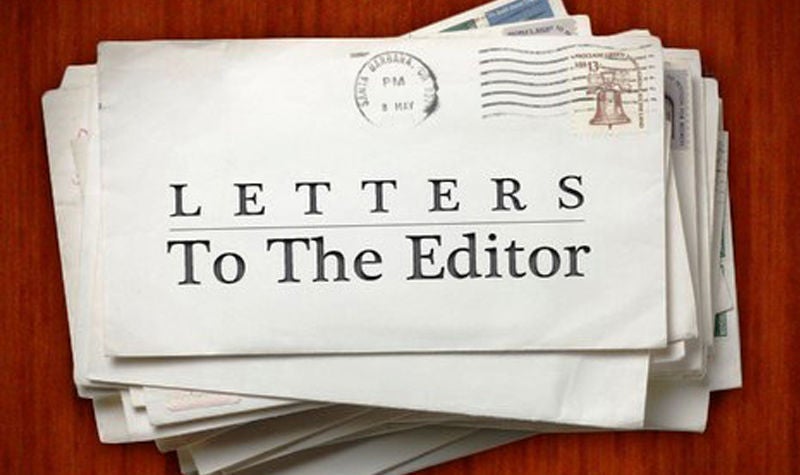Balance of powers in our Federal Elections
Published 4:26 pm Wednesday, January 29, 2020
In a recent article, I talked about the balance of powers built into our Federal Government by the Constitution. The “balance” part is called States’ Rights. The way in which we elect people to represent us also contains similar balance mechanisms.
At the Federal level, there are three branches of government: the Legislative, the Executive, and the Judicial. The Legislative creates the laws (Congress), the Executive administers and enforces the laws (President and Vice President), while the Judicial handles disputes about the laws.
Please keep in mind that this is all within the concept of “States’ Rights” because the Constitution specifically lays out only what the Feds can do, and then says that everything else belongs to the individual states to handle.
In the Legislative Branch, we know that there is a balance between the two “Houses” of Congress – Senate and House of Representatives. In order for legislation to be passed, both Houses must be in agreement, otherwise no law.
Another balance item is that before it actually becomes a law, the President has the right to veto legislation. Even then, another balance item – Congress gets an opportunity to override the veto.
There are exactly two Senators for every state, no more, no less. And they are each elected to a six-year term.
The number of Representatives per state, on the other hand, is based on the population. To add even more balance, this number can change every ten years when/if the national census indicates significant changes in populations by state. Overall, the maximum for all the states combined is set at 435.
Presently, California is the largest state by population and elects 53 Representatives, Texas is number two with 36 seats, while seven states have only one Representative.
When it comes to elections for the Executive Branch, the balance made by the US Constitution is that each state gets the same number of votes as it has members in Congress (Representatives plus Senators). These votes by the state are what makes up the “Electoral College”.
This means that each state gets exactly the same say in electing a president as they do for enacting federal laws. But there is a little twist in that balance when it comes to the Electoral College.
The federal government does set the number of votes, but it’s entirely up to the states themselves how those votes are apportioned amongst the candidates themselves. For example, there are two states, Maine and Nebraska, that award each of their electoral votes to the individual Representative and Senator district winners. All the other states have a winner-takes-all rule for electoral votes.
So, California, with 55 electoral votes, gets more than 18 times as many votes as Wyoming but has almost 61 times as much population. That’s a bit of balancing on the David vs Goliath scale. Texas, which has 48 times more people than Wyoming, gets 38 votes. Notice that with a bigger state, the weighted value of votes can also be higher. Another balancing consideration.
Census-defined rural areas made up 97 percent of the country’s land as of 2010. However, 80 percent of the population lived in the 3% called urban areas. That statistic alone should point towards the need for balance.
For my local readers, Orange County Texas is mostly rural, yet 65% of the people live in incorporated cities – urban areas. If you live in the cities you cannot use fireworks. If you live in the unincorporated areas, you may use fireworks. Suppose the cities were able to call the shots on everyone, how do you think the 35% that live in the rural areas would feel? How would little New Hampshire, whose state motto is “Live Free or Die”, feel if big California, whose motto is “Eureka”, got to call the shots up in the White Mountains?
And one last thing on Federal Elections. The Federal Government does not set the rules for elections within the states, other than for issues such as discrimination. Each state sets its own rules for elections within the state, regardless of whether the office is at the federal level, state, regional, or local levels. The actual rules come under States Rights.
And then, of course, there are political parties, and not just Republicans and Democrats, lots of others too. They each have some sort of Primary Election for someone to represent the party in the General Elections. Each party sets its own rules, for its own state. As an example, for Presidential Elections, Iowa is known for its caucus system while New Hampshire is known for its primary voting.
Lots of things built into our political systems to guarantee balances. Most of them are based on balancing out the differences between a David and a Goliath. They are there for goodness.
Don’t let anyone try and talk you into thinking they are bad. If someone tries to do that, most likely it’s because they consider themselves as being on the Goliath side…and they lost.
- David Derosier consults with small business on planning and marketing issues, and provides web design and hosting services through OhainWEB.com, an accredited business with the Better Business Bureau that is rated A+ by BBB. He can be reached at JDAVID@Strategy-Planning.info







